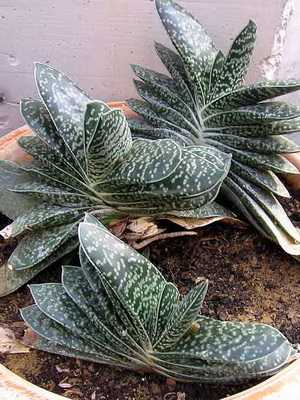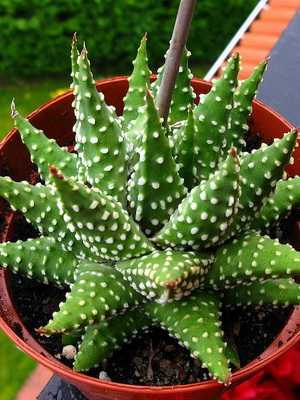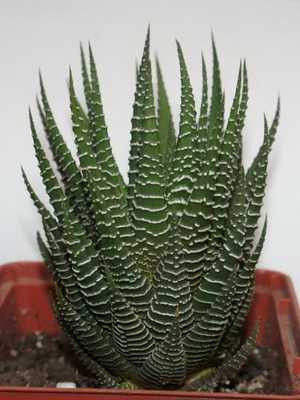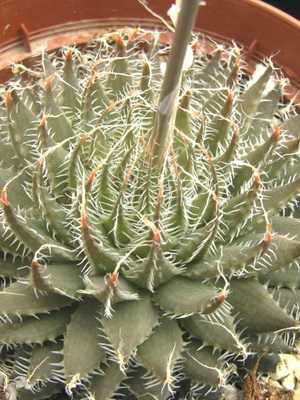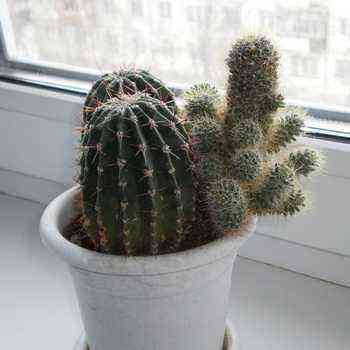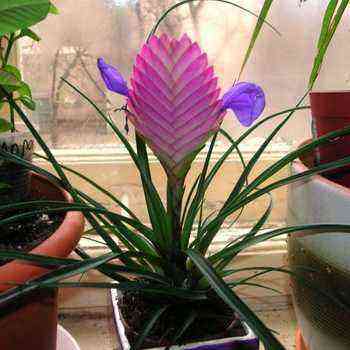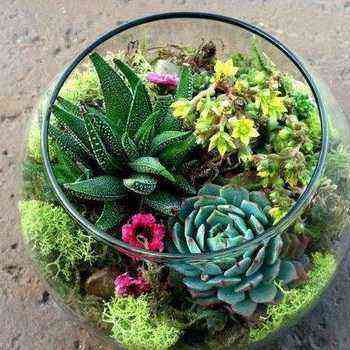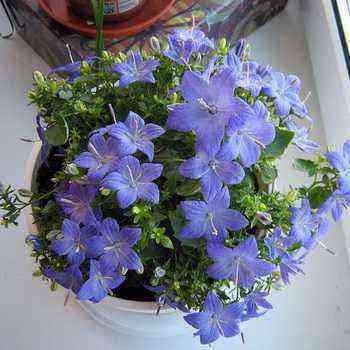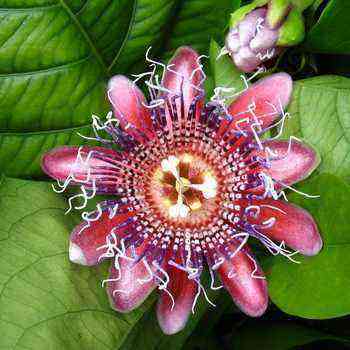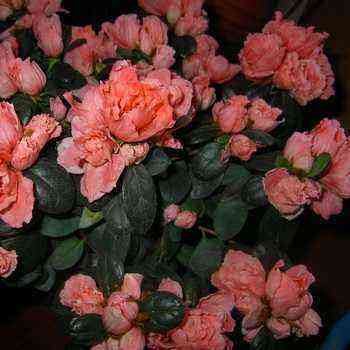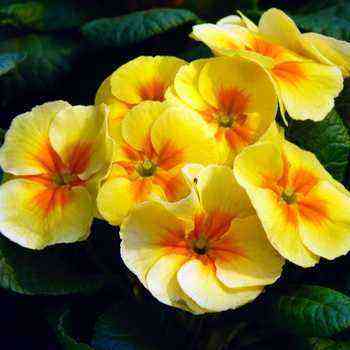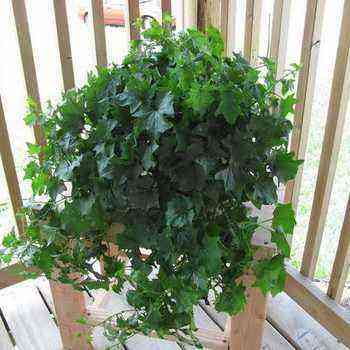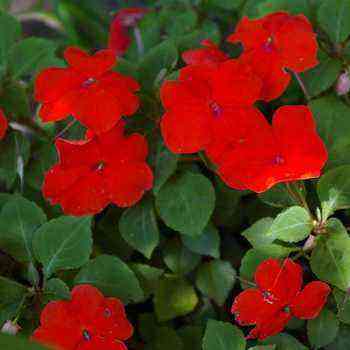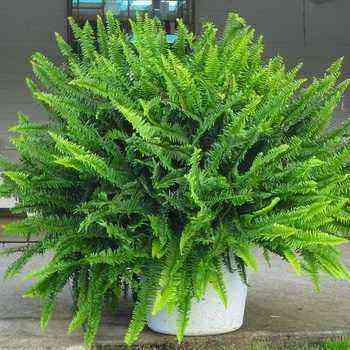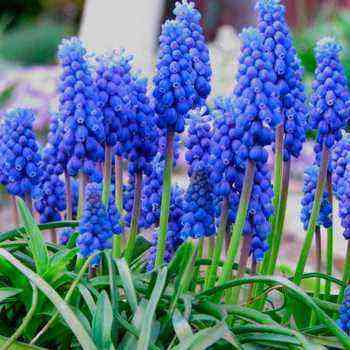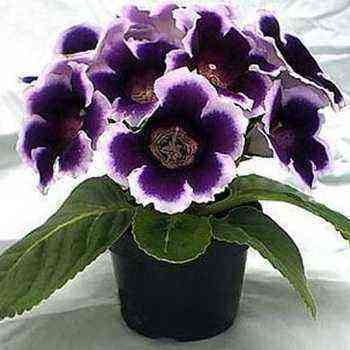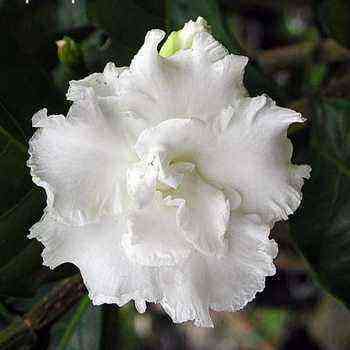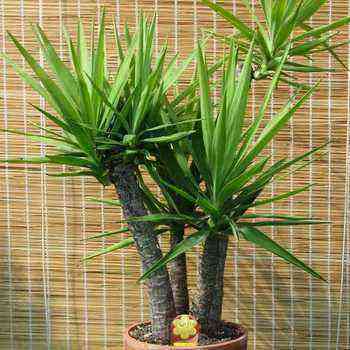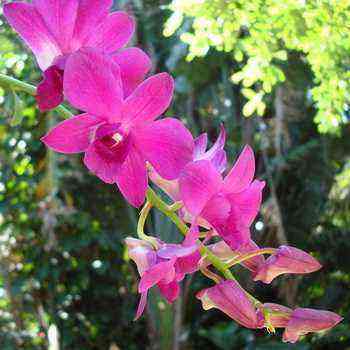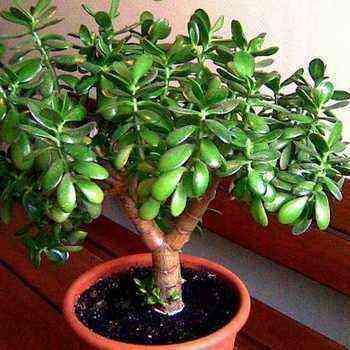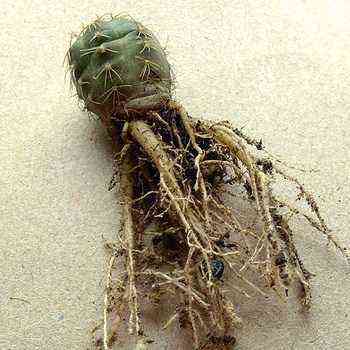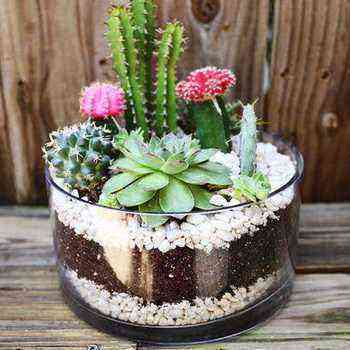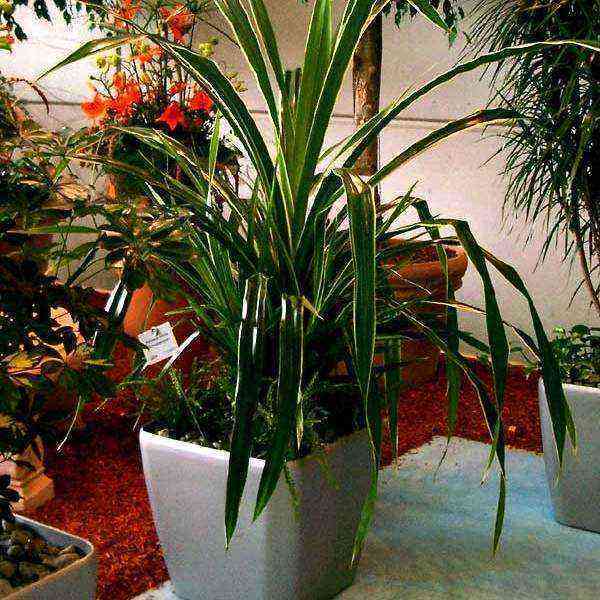
Gasteria flower and its photo
Gasteria (Gasteria) Is an extensive (about 60 species) genus of African plants, which are characterized by the formation of rosettes of leaves. Small flowers on high branched peduncles adorn them only slightly.
Gasterias are as unpretentious as aloe, they can be kept in the shade and in the sun.
Those who believe that Gasteria are not interesting for collectors are very mistaken – they simply have not seen the real collections. It turns out that there are such collections, and they are extremely interesting and rich. Among the Gasteria there are extraordinary species and, surprisingly, many decorative cultivars.
See how beautiful the Gasteria flower is in these photos:
Haworthia plant: photo and home care
Haworthia (Hawortio) are not much inferior in popularity to aloe, and are valued precisely as decorative, and not medicinal plants. The succulent leaves of haworthia are usually collected in dense rosettes and, which is very characteristic, are covered with small brightly colored tubercles.
Most common at home haworthia pearl (H. pumila) (pumila is better known for its outdated species name H. margaritifera). The tubercles on the surface of its leaves are large, rounded, silvery-white, and really resemble pearls. It is curious that, although much less well-known than the aloe tree, it turns out to be much more adapted to indoor culture. Firstly, it is a relatively small plant (the diameter of the rosette is up to 15 cm), and secondly, and this is the main thing, it is shade-tolerant and therefore feels good on any window sills, and with proper care it blooms easily. The correct care for this haworthia at home is simple: loose substrate, moderate watering, cool content in winter. Unfortunately, the fairly easy-to-emerge haworthia flowers may not live up to expectations: on a powerful – up to 60 cm tall – peduncle, rather nondescript greenish flowers open up.
As you can see in the photo, in all types of haworthia, the main decorativeness is in luxurious leaves:
These plants are usually propagated by root layers.
Next, you can see a photo and find out the names of the types of haworthia, the most popular among flower growers.
Among the haworthia there are some rather unusual looking plants. So, H. arachnoidea (arachnoid) stands out with denticles along the edges of the leaves, turning into filamentous outgrowths, thanks to which the rosette is, as it were, braided (with a translucent cobweb. N. cymbiformis (cymbiformis) leaves are thick, short, triangular, and therefore at first glance it can be mistaken for some ariocarpus family of cactus.
And it looks absolutely amazing N. truncata (trunkata), which does not have regular outlets.
Pay attention to the photo – this haworthia flower is oval, as if the chopped off leaves are arranged in two horizontal rows:
As shade-tolerant plants, moreover, very decorative and peculiar, Haworthia are indispensable for flower growers with dimly lit rooms, and for phytodesigners.

